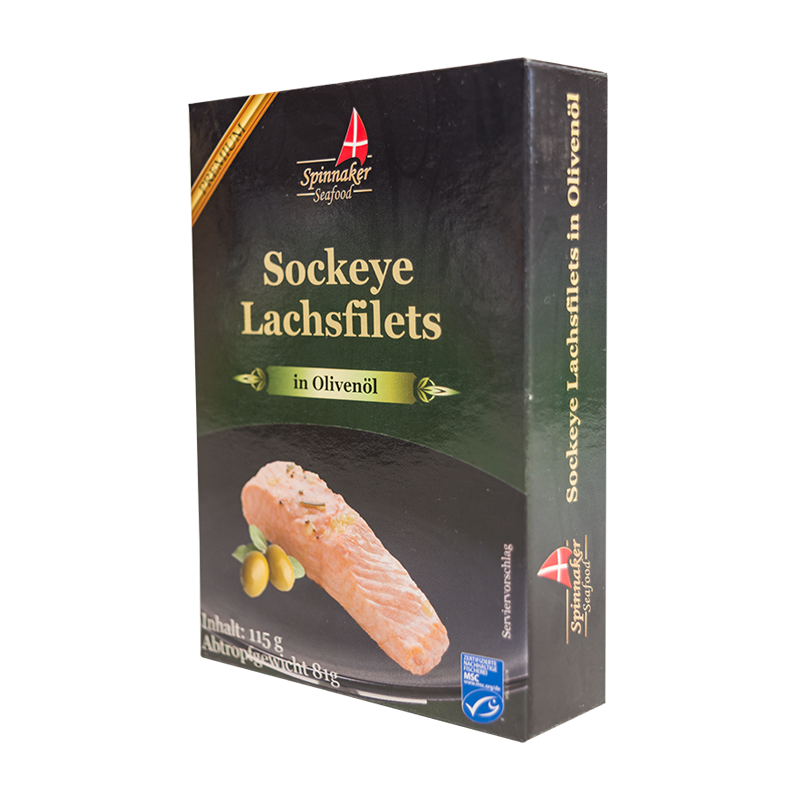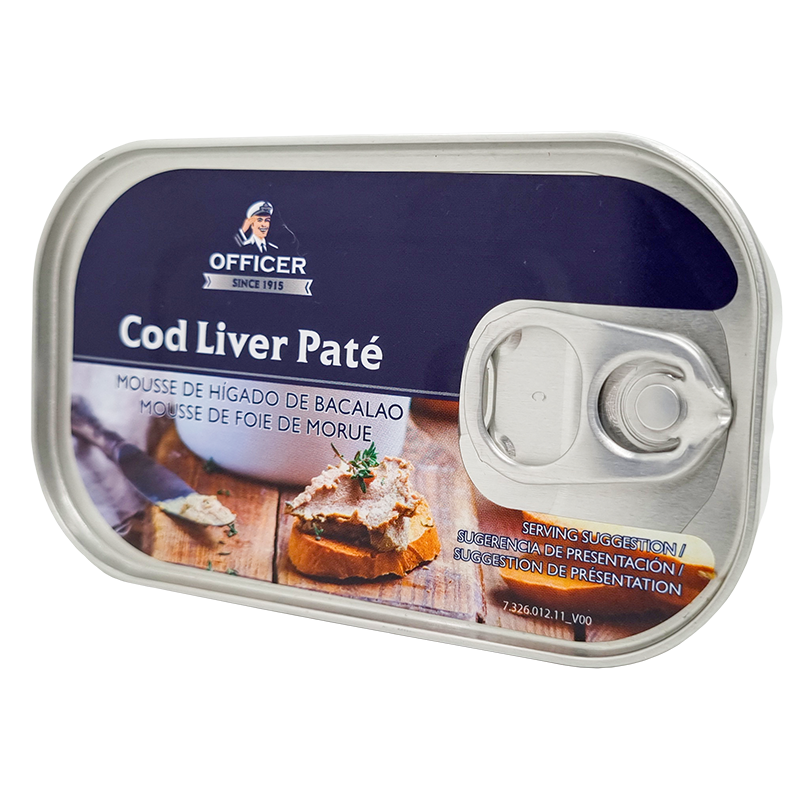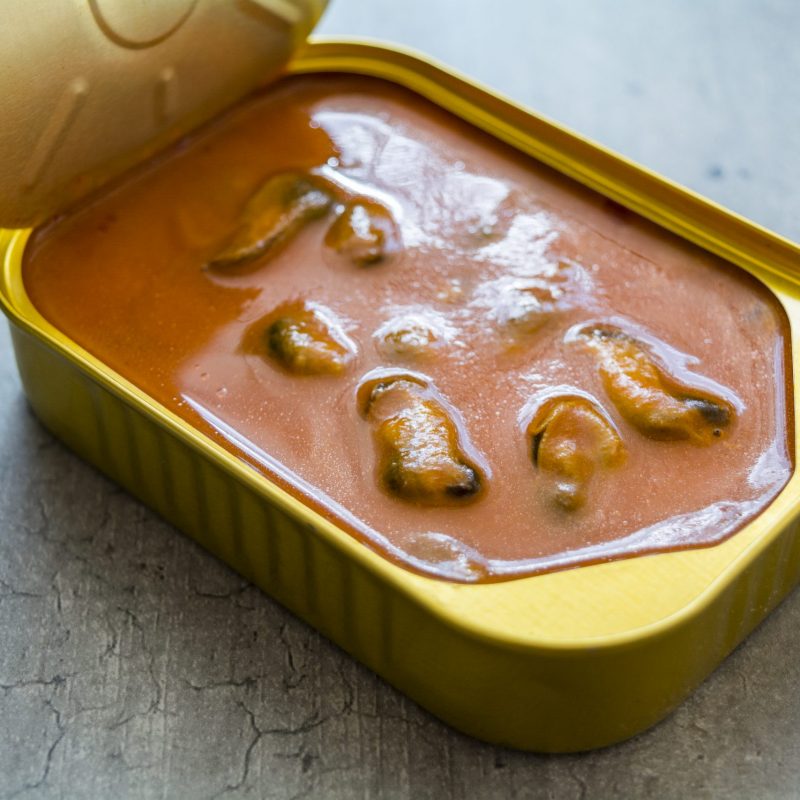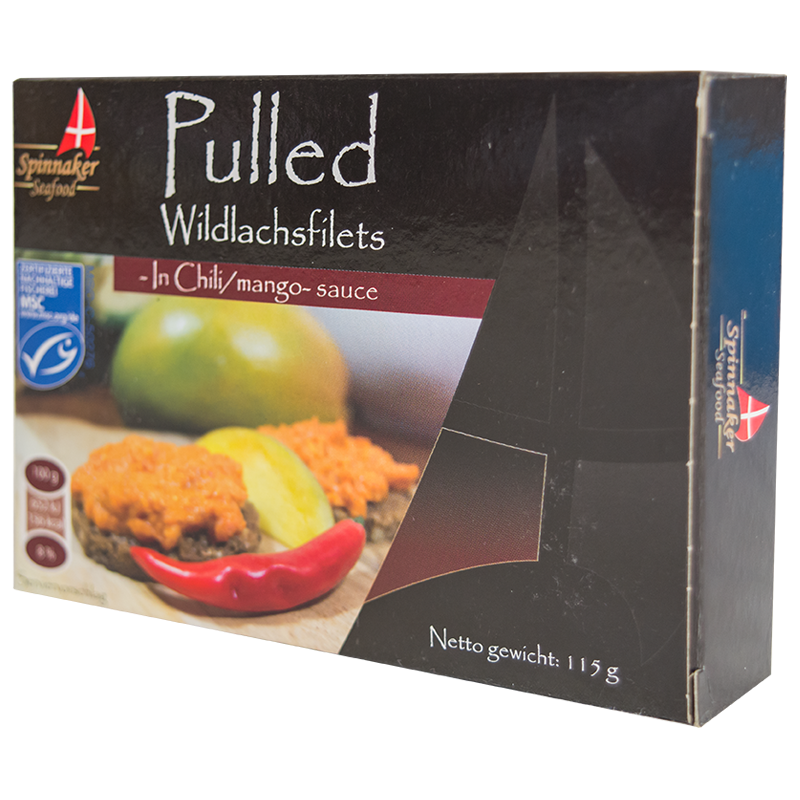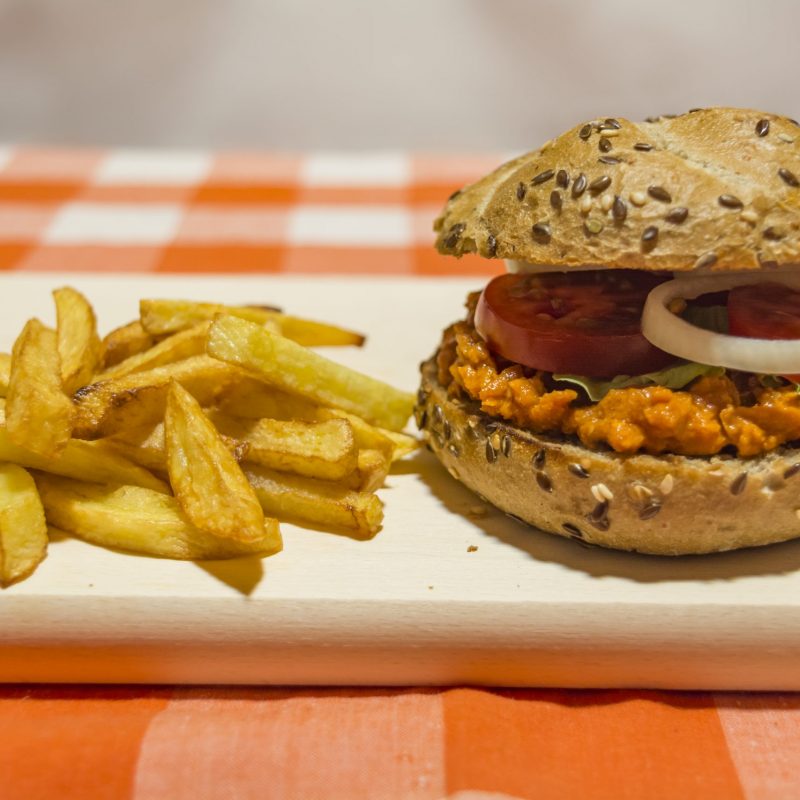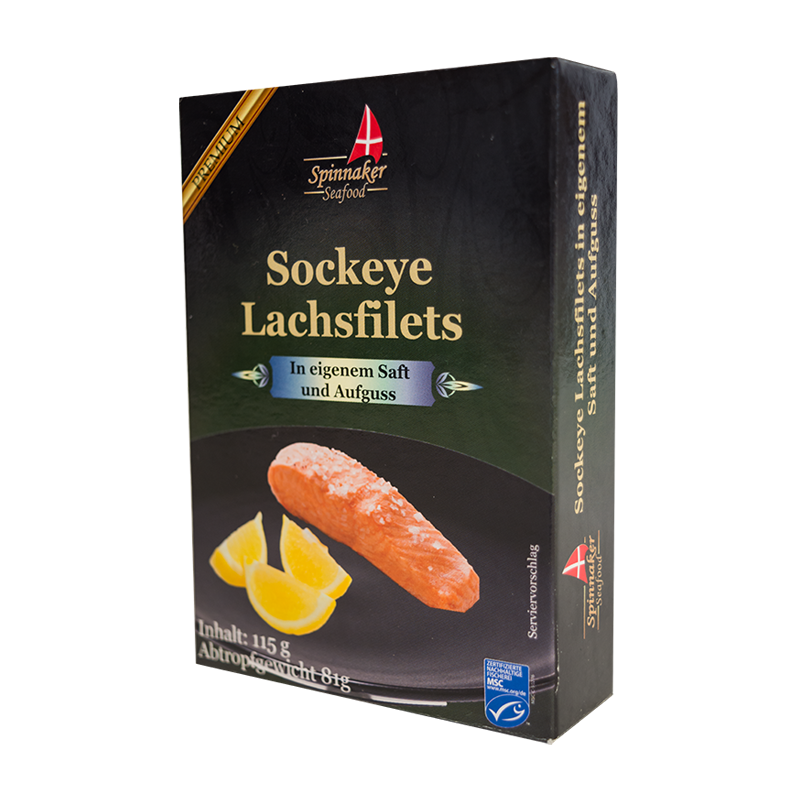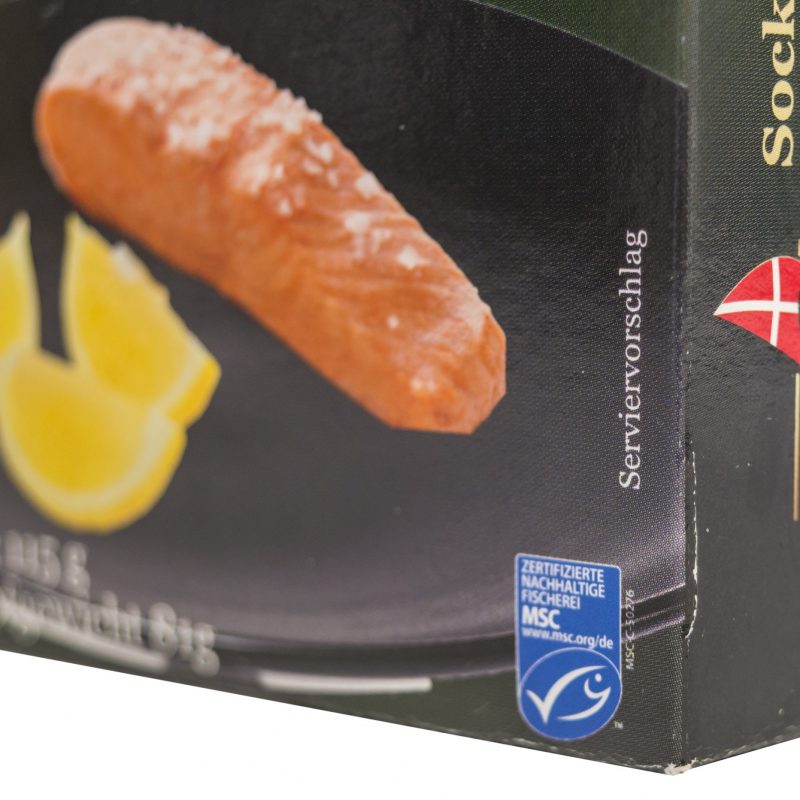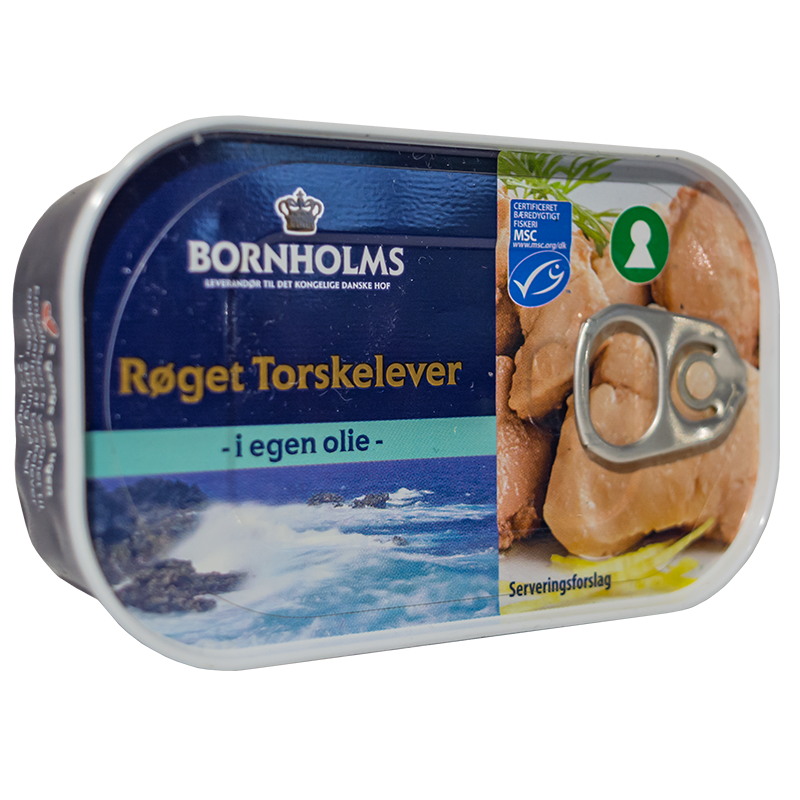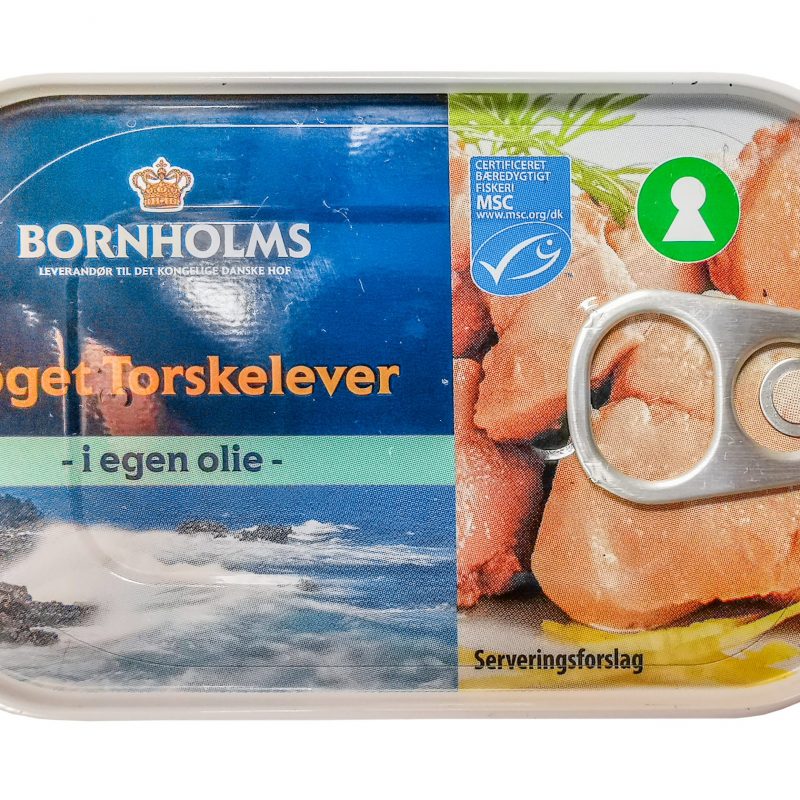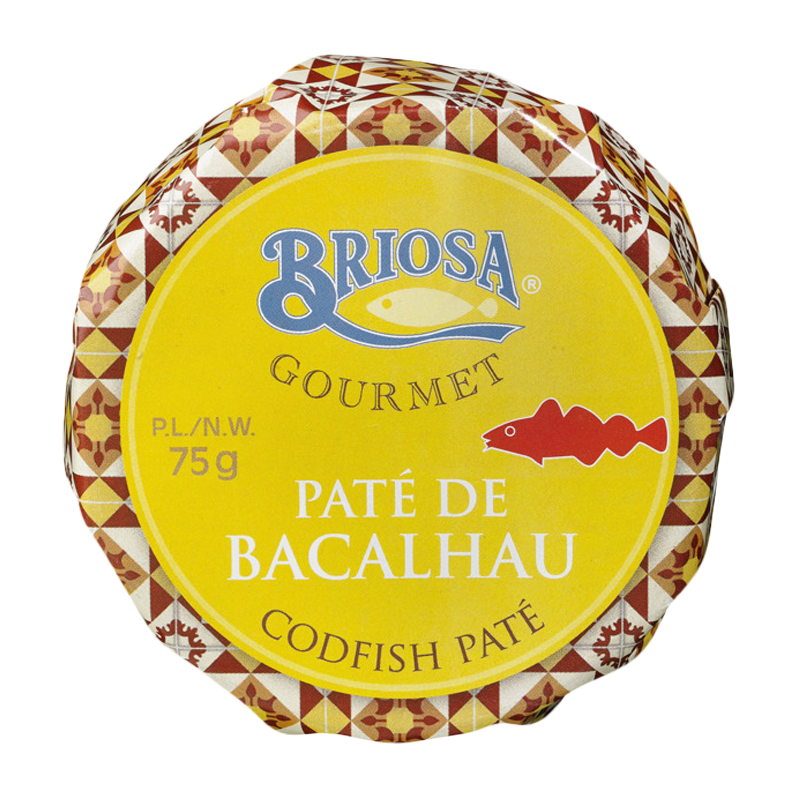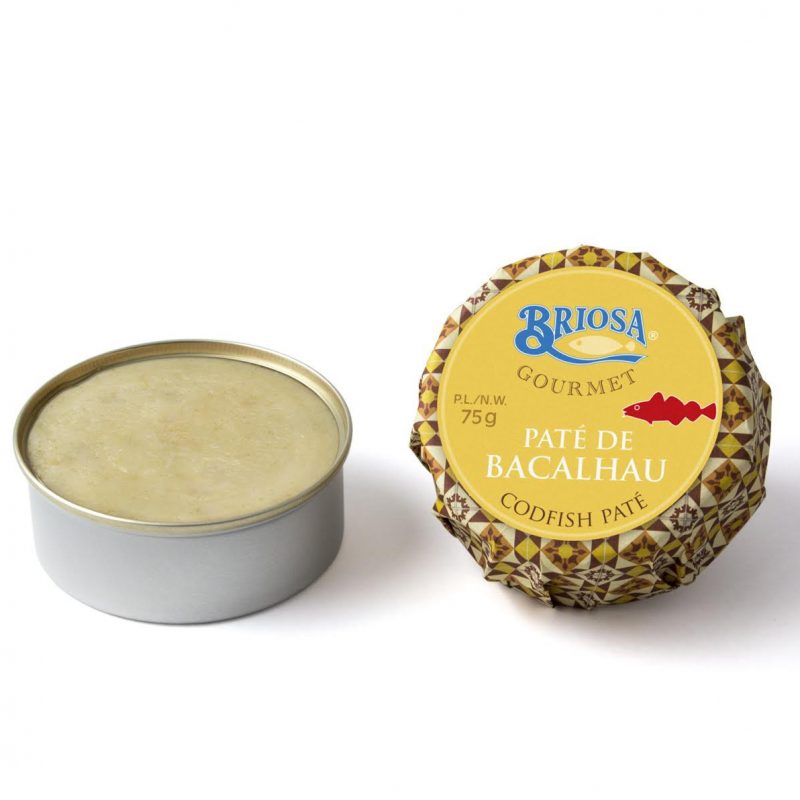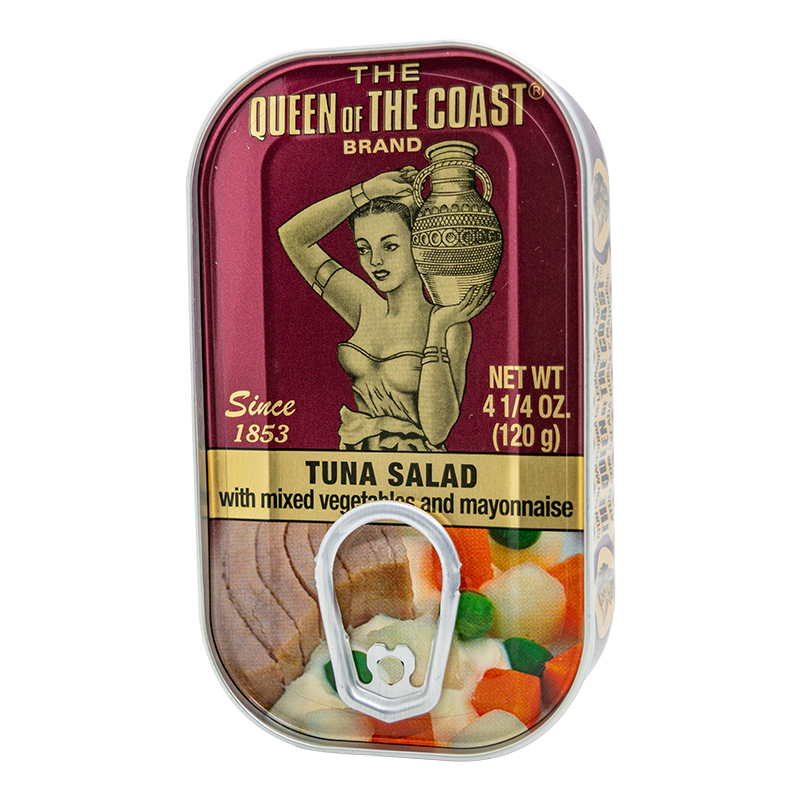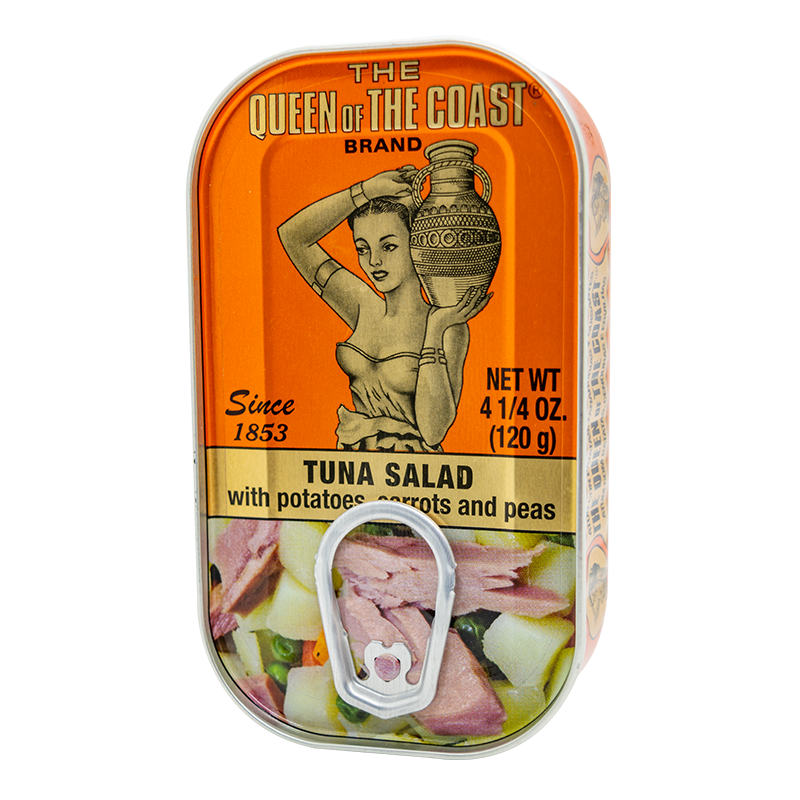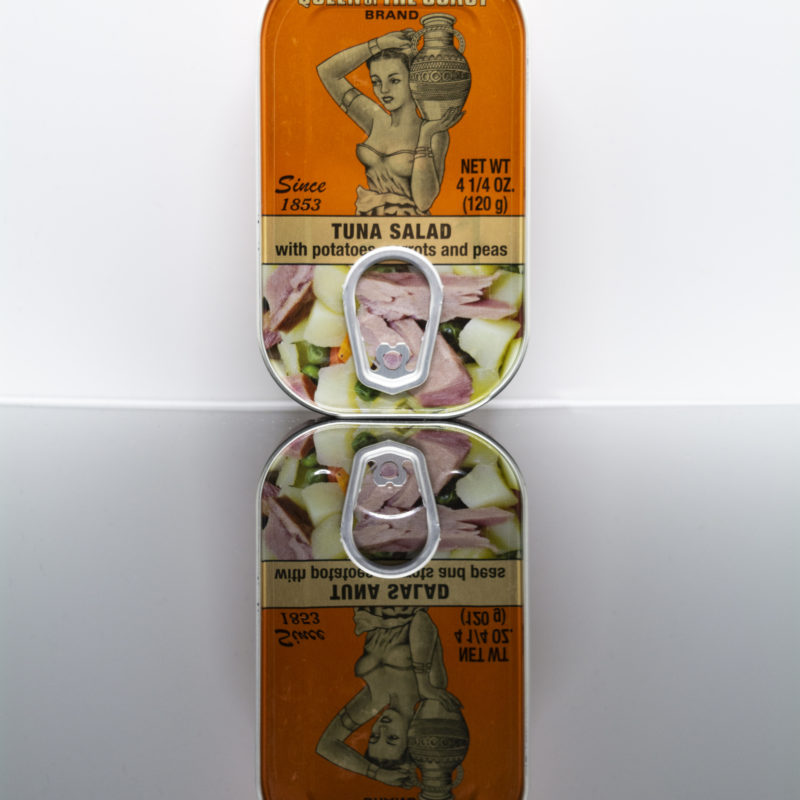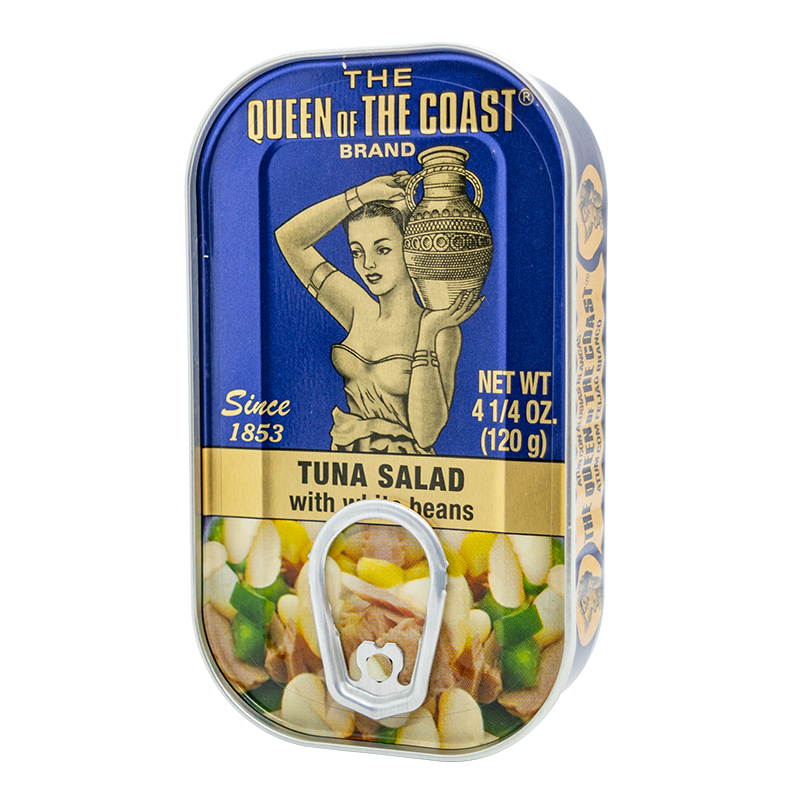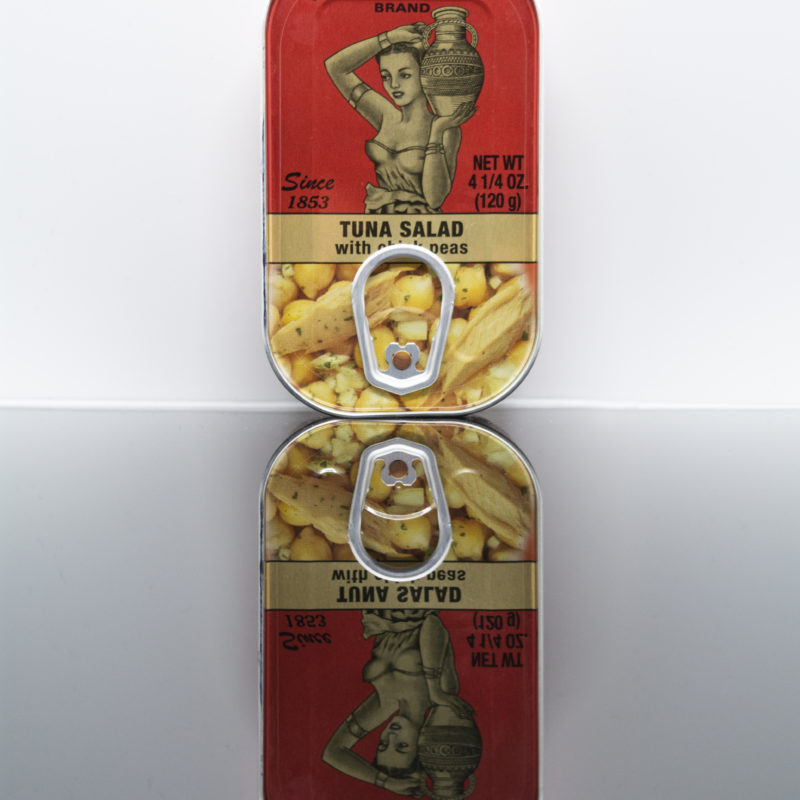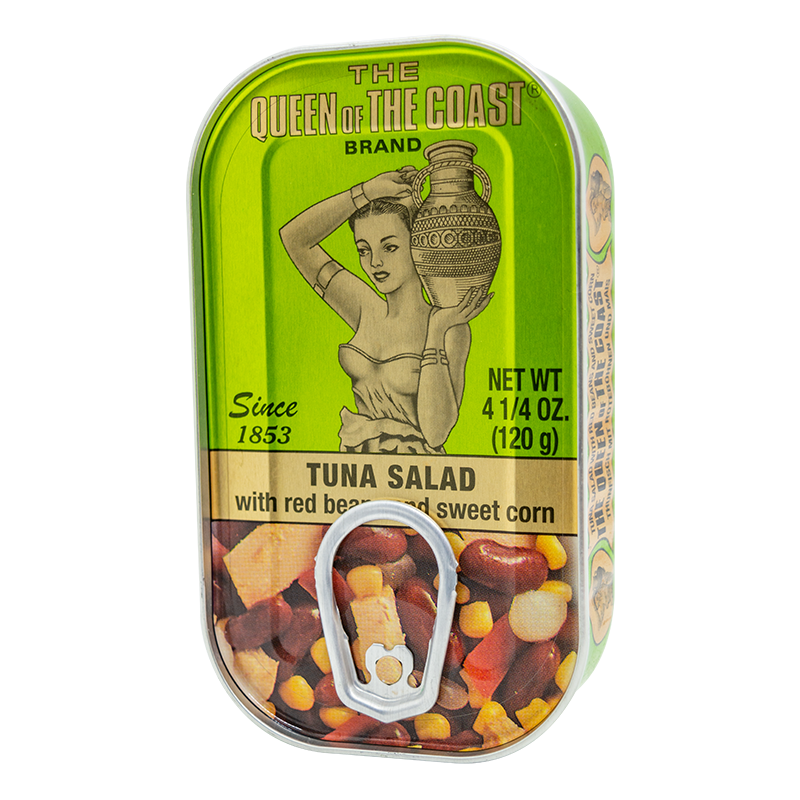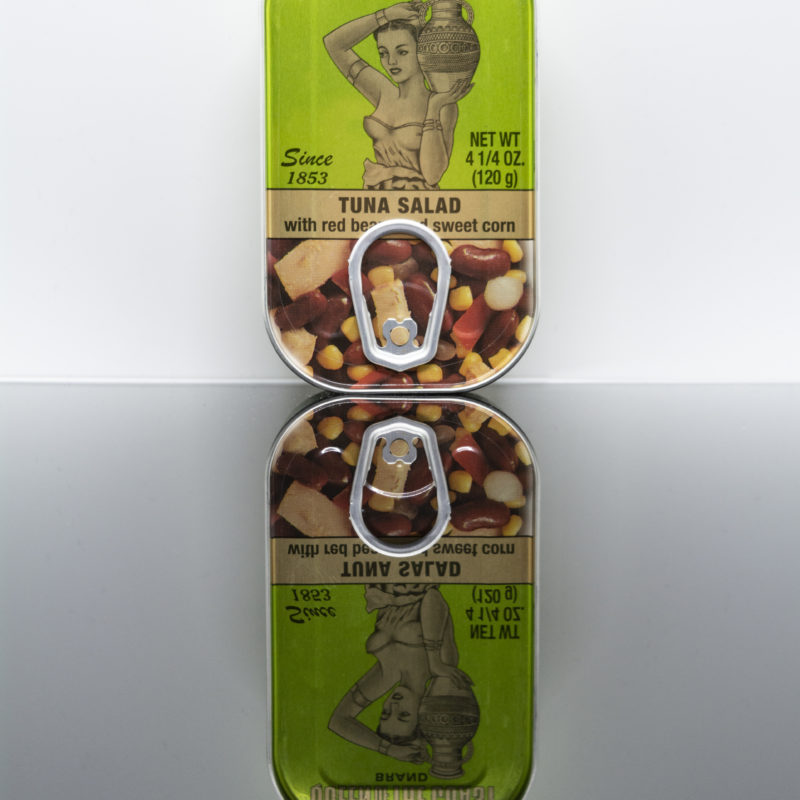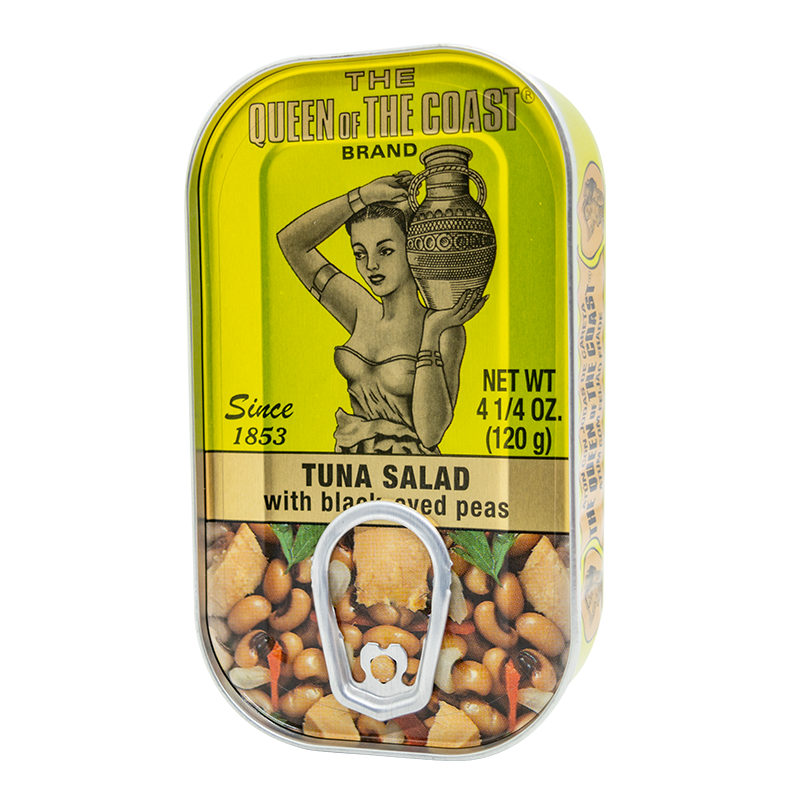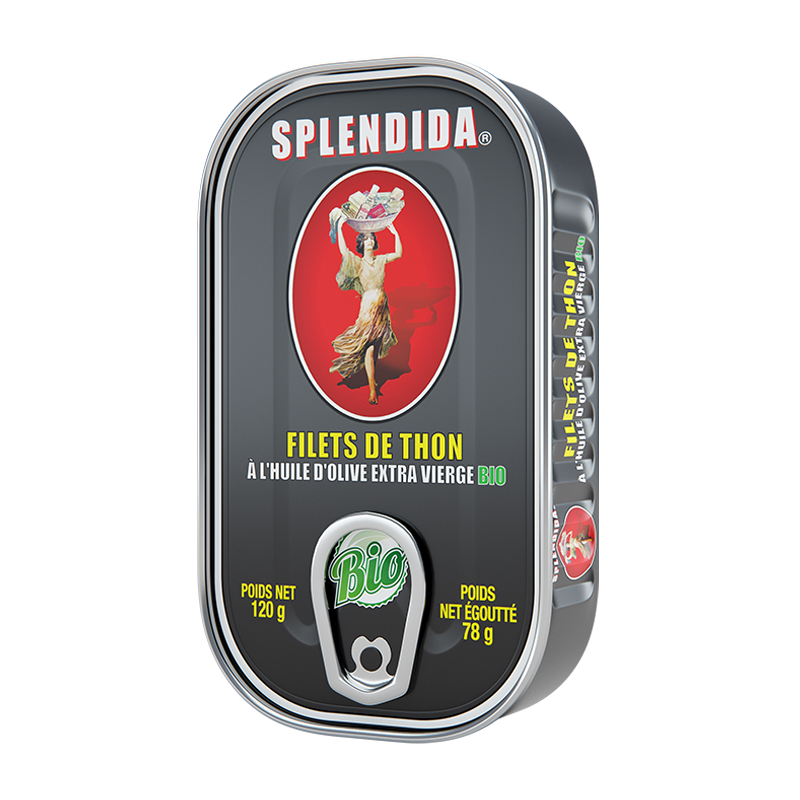Can I give fish to my child? Many parents might be contemplating this, because it’ difficult to keep up with current trends of what is considered to be healthy… The answer is yes, fish is worth integrating into your children’s diet, but it matters what type of fish it is, how much of it, and how frequently they would eat it. We deeply researched this question, and even asked our dietary consultant, Ráhel Nyikos’s opinion on it.
-Why is it important that our children eat fish?
Ráhel: Fish contain several essential nutrients to children’s proper physical and mental development. This is especially true of sea-fish. Their high content of vitamins A and D, and calcium contributes to the growth of bones. The bones of canned fish, which were cooked soft in the canning process, are an excellent source for calcium. Sea-fish are also a great source for complete proteins, which are specially important for children. They also contain vitamins B1, B2 and B12 aplenty, which are in charge of, among other things, the proper development and functioning of the nervous system. Sea-fish are also rich in Iodine, which plays a part in preventing inadequate thyroid functioning caused by insufficient iodine levels, usually stemming from Hungary being insufficiently provided with it. Sea-fish’s iron, zinc and selenium content is also of high amount. Fish-oil, unlike other animal fats, contains essential fatty acids in sufficient amounts and proportions. It’s high Omega-3 fatty acid content helps develop the brain and retina in fetal stages. It also has a beneficial effect on preventing arteriosclerosis and to some extent malignant tumors. Ideally – and in accordance with Mediterranean dietary recommendations – one should have fish 4-5 times a week (even if instead of red meats, which are traditionally a well liked element of Hungarian diets) but at least 2-3 times a week.
It does matter, though, what type of fish and how much of it one gives to their children. In regard to portion sizes, naturally, kids’ portions will be significantly smaller than adults’.
- A maximum of 30 grams per meal for children aged 2-3
- A maximum of 60 grams per meal for children aged 4-7
- A maximum of 90 grams per meal for children aged 8-10
- Around 120 grams per meal for children aged 11 and above

Not all fish are the same, because of this not all should be integrated into children’s diets – but why is this?
Although fish do contain many essential nutrients, you have probably also heard about certain toxins, polluters that fish also contain. These can be detrimental to the health of the body – especially to that of developing children. Unfortunately the seas and oceans, and by now even freshwaters are exposed to mercury pollution. Mercury can be found everywhere, even in the air we breath! Part of all this mercury comes from natural sources (e.g. volcanic explosions), but it usually gets into the air (and from there to the waters) by burning fossil fuels and solid wastes. Bacteria living in the water transform the mercury into an even more dangerous compound: methylmercury, which can infiltrate the bodies of fish. Especially fish with longer lifespans that feed on smaller fish are exposed to this process. Consuming heavily polluted fish can be extremely harmful to pregnant women and children, and because of this, it’s important to know which types of fish to stay away from. Even a small amount of mercury can be detrimental to the nervous system of developing infants and fetuses.
If mercury is so dangerous, why shouldn’t one completely exclude it from their children’s diets?
Most fish are too good a source for nutrients to simply omit them from our diets! It’s outstandingly important for smaller children’s cognitive development to sufficiently supply kids with Omega-3.
So then how should one supply all the beneficial Omega-3 fatty acids to their children, while at the same time avoiding mercury polluted fish? The answer is simple: choose a fish from less-polluted waters (like wildwater salmon), or one with a shorter average lifespan, or smaller sized ones that don’t feed on other fish. Some examples are sardines or anchovies, that had spent significantly less time in the waters up to the point of fishing them, than larger bodied fish with longer lifespans.
The 5 top choices for children:
- fresh wildwater salmon
- sardines
- rainbow trout
- cod
- anchovies
Some more fish with relatively low mercury contents:
- canned salmon
- canned tuna (skipjack tuna only, maybe yellowfin!)
- small sea-fish
- herring
- freshly caught shellfish
- mussels
- smaller sized mackerels
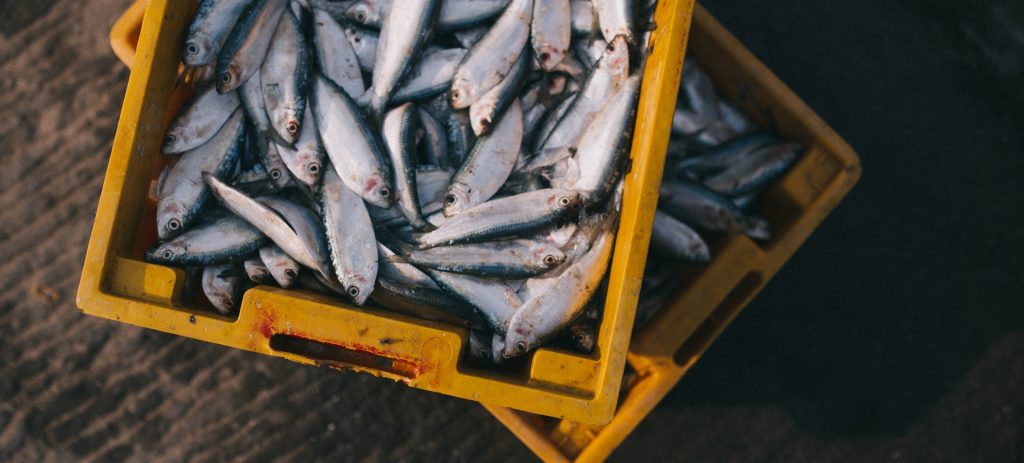
We love tuna – but be careful when giving it to children!
Even though children can very easily be endeared to tuna because of its mild and delicious taste, we need to be very deliberate when selecting what type to give them. Because they are a relatively longer living and bigger type of fish, and what’s more, feed on other, smaller fish, tuna are more likely to contain mercury. Luckily there are several species of tuna, it’s advised to opt for ones with shorter average lifespans and smaller bodies. The best choice would be the skipjack tuna, which you can find in ’The Queen of the Coast’ tuna salads, for example. Yellowfin tuna is also relatively low in mercury. You will find this fish in Maruzzella’s canned tuna. You can give this tuna to children as well, but less frequently and in smaller portions then you would skipjack tuna! Be careful, however, with bluefin and albacore tuna, it’s better not to give those to children.
Things better to avoid:
- Bluefin tuna
- Albacore tuna
- Flounder
- Swordfish
- Shark
- King prawns
- King mackerel
- Cultured, imported prawns
What other foods can I give to my child, that are also rich in Omega-3?
Ráhel: Some excellent sources of Omega-3, apart from fish, are egg yolks, walnuts, cashews, pecans and cold-pressed oils, for example pumpkin seed, grapeseed, rapeseed and linseed oils, which can all be used without any form of heat treatment, over salads, for example.
And what’s the deal with Omega-3 supplements? Won’t those do the trick?
Ráhel: Absorption of nutrients from supplements won’t even come close to the amount of nutrients absorbed from natural sources. Natural nourishment contains many important compounds other than vitamins (amino acids and fibers for example), that all contribute to the proper usage of nutrients. Vitamins in tablet form and food supplements, like their names already suggest, won’t in any case substitute a healthy, balanced diet, they will at most complement it.

